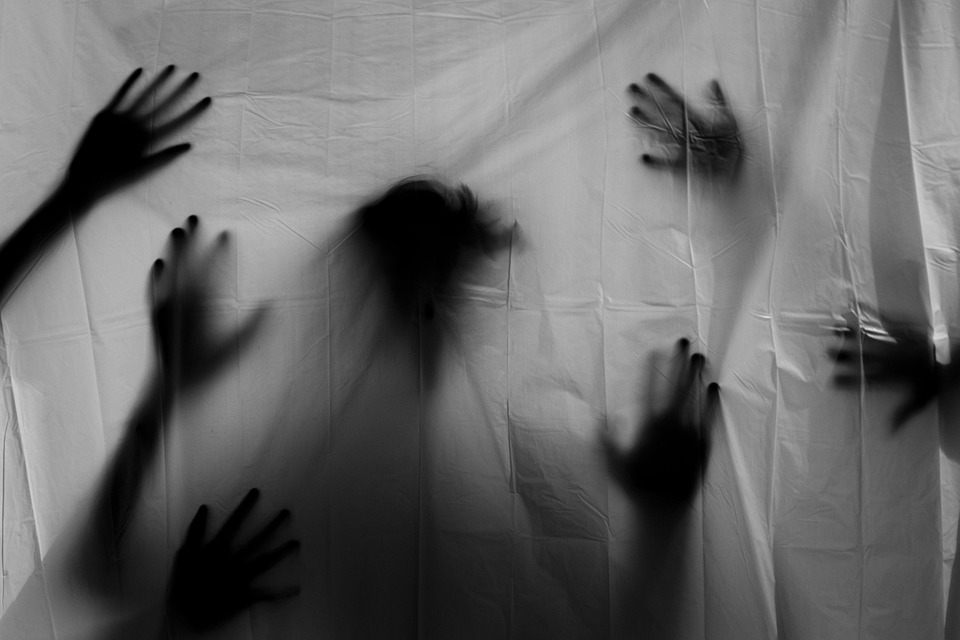Horror games have a unique ability to tap into our deepest fears, creating an atmosphere of tension and dread. Central to this experience are the monsters that inhabit these virtual nightmares. From grotesque creatures that lurk in the shadows to psychological manifestations of our own anxieties, horror game monsters are designed to instill terror. In this article, we will explore some of the most iconic monsters in horror gaming, examining their origins, designs, and the psychological themes they embody.
1. The Xenomorph – Alien: Isolation
Inspired by the iconic creature from the "Alien" franchise, the Xenomorph in Alien: Isolation is a masterclass in horror design. The game brilliantly captures the essence of fear through the creature’s unpredictable behavior and relentless pursuit. Players are driven to hide and strategize rather than engage, amplifying a hunt-or-be-hunted dynamic that keeps them on the edge of their seats. The character’s uncertain nature mirrors the unpredictable nature of fear itself, making it a psychological terror.
2. Pyramid Head – Silent Hill 2
Pyramid Head is perhaps one of the most recognizable figures in horror gaming. Introduced in Silent Hill 2, this towering figure with a pyramid-shaped helmet serves not only as a threat but also as a symbol of guilt and punishment. His design evokes a sense of dread; his weapon—an enormous knife—represents the emotional violence that permeates the game’s narrative. Pyramid Head embodies the idea that monsters can reflect our inner demons, invoking themes of shame and retribution.
3. The Lickers – Resident Evil 2
The Lickers from Resident Evil 2 are among the most terrifying creatures in the franchise. With their exposed brains, elongated tongues, and unsettling agility, they move with predator-like precision through the dilapidated Raccoon City. The combination of their blind state and acute hearing adds a layer of tension, forcing players to navigate the environment quietly, highlighting the theme of survival in the face of unrelenting terror. Their grotesque appearance and behavior serve as a reminder of humanity’s darkest capabilities—what happens when the mind loses control.
4. The Babadook – The Babadook (Game Adaptation)
While originally a character from the acclaimed horror film The Babadook, the creature has found its way into the gaming world in a unique adaptation. The Babadook serves as a metaphor for grief and motherhood, applying psychological horror that resonates deeply with players. Its design is fearsome yet oddly relatable, representing how our fears can take on a life of their own. The Babadook exemplifies how horror can transcend visual scares to provoke a deeper emotional response, exploring the complexities of the human psyche.
5. The Clickers – The Last of Us
In The Last of Us, Clickers represent the terrifying consequences of a post-apocalyptic world overrun by fungal infection. Their grotesque appearance, combined with their echolocation abilities, creates a sense of vulnerability in players. Clickers serve as a reminder that in this world, the threat often comes from an unpredictable enemy rather than human conflict, tapping into fears of uncontrollable disease and loss. The emotional weight carried throughout their storylines provides depth beyond mere jump scares.
6. Slender Man – Slender: The Eight Pages
The Slender Man, rooted in internet folklore, found a chilling representation in Slender: The Eight Pages. With his elongated limbs and featureless face, Slender Man capitalizes on a primal fear of the unknown. The game’s simplistic design amplifies tension, as players are left vulnerable, hunted in a dark, forested maze. Slender Man symbolizes the anonymity of fear—something that looms large but remains undefined, evoking paranoia and unease with each heartbeat.
7. Nemesis – Resident Evil 3
Nemesis is an evolution of the classic zombie trope, introducing an intelligent pursuer capable of chasing players throughout their experience. His relentless hunt and overwhelming strength elevate him from monster to a psychological adversary. The dynamic chase mechanics evoke feelings of dread and helplessness, pushing players to confront their vulnerabilities. Nemesis embodies the relentless nature of fear, showcasing how it can follow us relentlessly through life.
Conclusion
The monsters that populate horror games are not merely tools for scares; they embody our fears, anxieties, and deeper psychological themes. Each creature is a reflection of a narrative, often providing insights into the human condition. As we explore these iconic figures, we gain a better understanding of why horror games captivate us—they confront our darkness and, through their frightening designs and unsettling mechanics, invite us to embrace the fear. Whether you’re hiding from a grotesque creature or facing a symbol of your internal struggles, horror game monsters provide a hauntingly familiar experience that continues to resonate.


